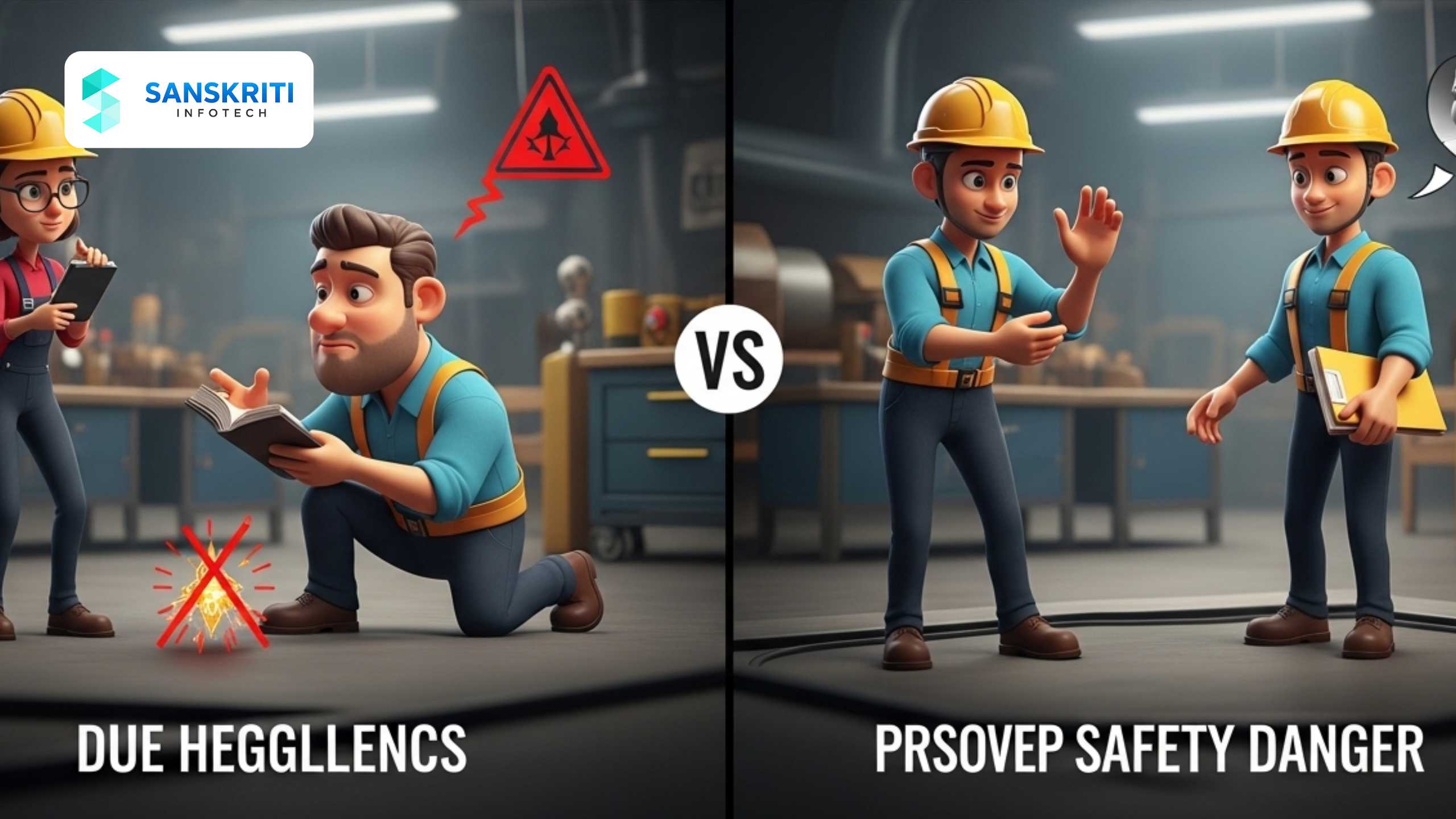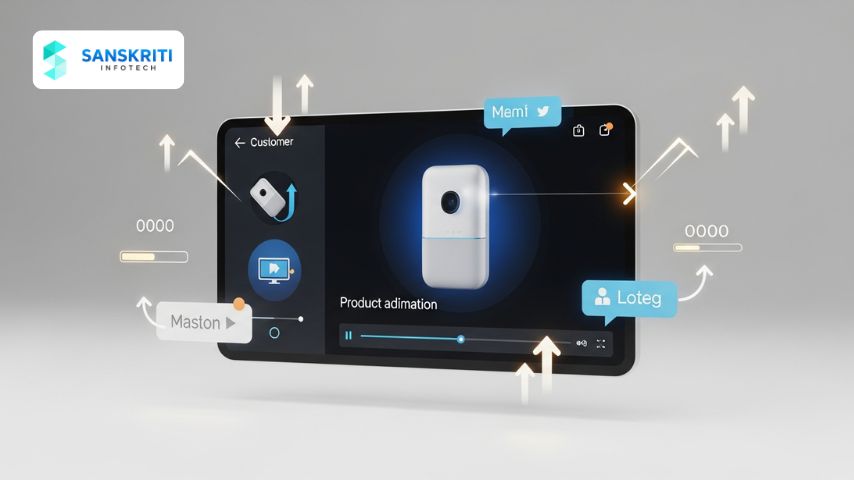Table of Contents
Introduction
Workplace safety has always been a priority, but traditional training methods often fail to engage today’s workforce. Manuals, slideshows, and long-winded seminars don’t always translate into real-world retention or behavioral change. That’s where visual storytelling, particularly through 3D animation, is changing the game.
With workplace environments becoming more complex—especially in sectors like manufacturing, oil and gas, logistics, pharmaceuticals, and construction—organizations need a training solution that goes beyond compliance. This blog dives into why 3D animated workplace safety training is the most effective and scalable solution for cultivating a safety-first mindset.
The Power of Visual Storytelling in Safety Training
People remember stories more than facts. Studies show that our brains are wired for narratives, especially visual ones. In fact:
- Visual learners make up nearly 65% of the population (source).
- Learners retain 80% of visual content vs. only 10–20% of text or auditory content.
By leveraging storytelling, 3D safety animations:
- Evoke empathy and emotional connection.
- Create realistic scenarios employees can relate to.
- Show cause-effect consequences clearly (e.g., what happens if you skip a step).
- Reduce training fatigue and increase retention.
Why Traditional Safety Training Falls Short
Most traditional training programs:
- Rely heavily on static content (e.g., PDFs, slides, posters).
- Fail to simulate real-world hazards.
- Lack consistency across trainers, sites, or languages.
- Often fail to engage contract workers and new hires.
This results in:
- Poor retention
- Increased risk of non-compliance
- A culture of “tick-the-box” safety
How 3D Animation Enhances Workplace Safety Training
Here’s what 3D visual storytelling adds:
✅ Realistic Simulation of Risks
Instead of telling employees about hazards, you can show them. For example:
- Forklift collisions in warehouses
- Chemical spill scenarios in labs
- Fire evacuation procedures in confined spaces
✅ Interactive, Scenario-Based Learning
Viewers are walked through specific actions in context—what to do, what not to do, and the potential consequences.
✅ Cross-Language & Literacy Compatibility
Visuals speak louder than words, making this ideal for multicultural and multilingual teams.
✅ Speed & Scalability
Train hundreds of workers across multiple locations consistently and quickly.
Key Benefits for Employers & Employees
For Employers:
- Reduced accident rates and insurance claims
- Faster onboarding and retraining
- Standardized safety protocols across locations
- Better audit readiness and compliance tracking (see how we build compliance-driven AI solutions)
- Refer to OSHA Guidelines for Safety Training for foundational requirements
For Employees:
- Improved clarity of roles and responsibilities
- Increased confidence in handling emergencies
- Higher engagement with training materials
- More inclusive learning regardless of language proficiency
Use Cases Across Industries
Manufacturing
- Lockout/tagout SOPs
- Machine guarding visuals
Construction
- Fall protection simulations
- Scaffolding safety sequences
Oil & Gas
- Confined space entry
- Permit-to-work walkthroughs
Logistics & Warehousing
- Forklift operation and pedestrian zoning
- Material handling do’s and don’ts
Pharmaceuticals
- Cleanroom protocols
- PPE compliance and contamination risks
Creating Effective 3D Safety Videos
To make your workplace safety animations impactful:
- Identify key risk areas within your operations.
- Script real-world scenarios with clear safety outcomes.
- Work with 3D artists and safety SMEs to create accurate, relevant visuals.
- Add multilingual narration and captions.
- Host on your LMS and track comprehension via assessments (LMS Integration for Safety Training).
Driving a Safety-First Culture
Visual safety training is more than just an engaging way to teach procedures—it’s a culture-building tool. When employees visually witness potential risks and see how their actions directly prevent accidents, they:
- Become proactive rather than reactive
- Share accountability for safety
- Internalize procedures better
- Speak up more often during toolbox talks
By combining 3D animation with behavior-based safety programs, companies can foster a workplace where safety isn’t just a rule—it’s a shared value.






